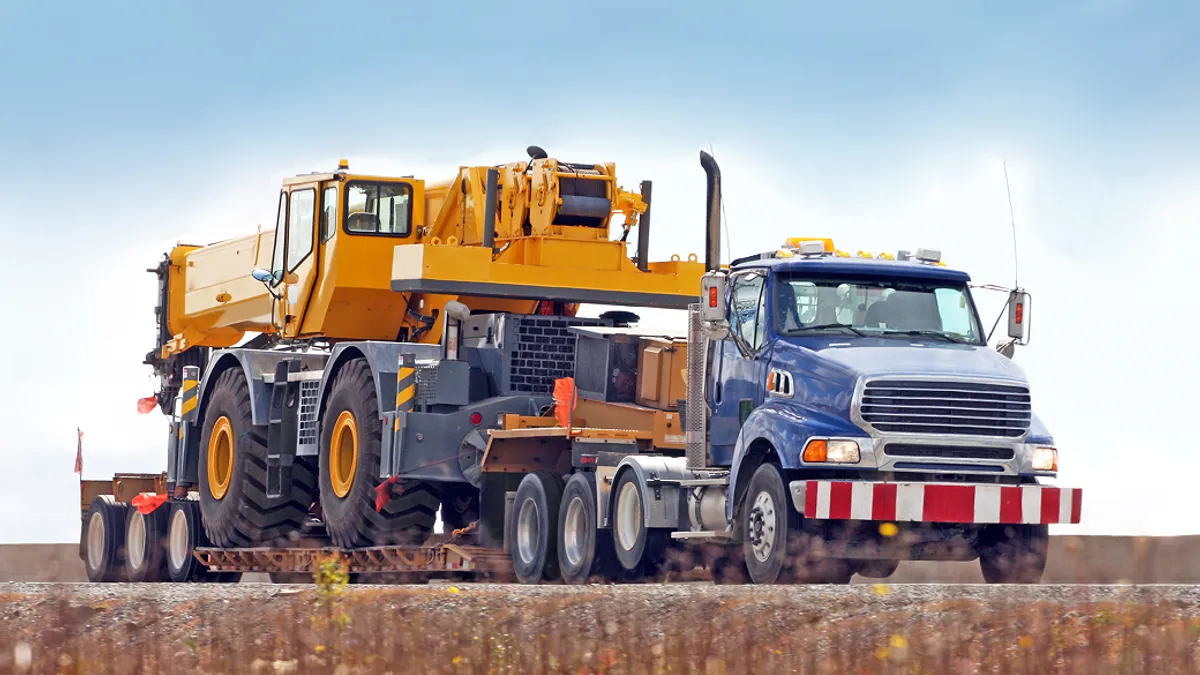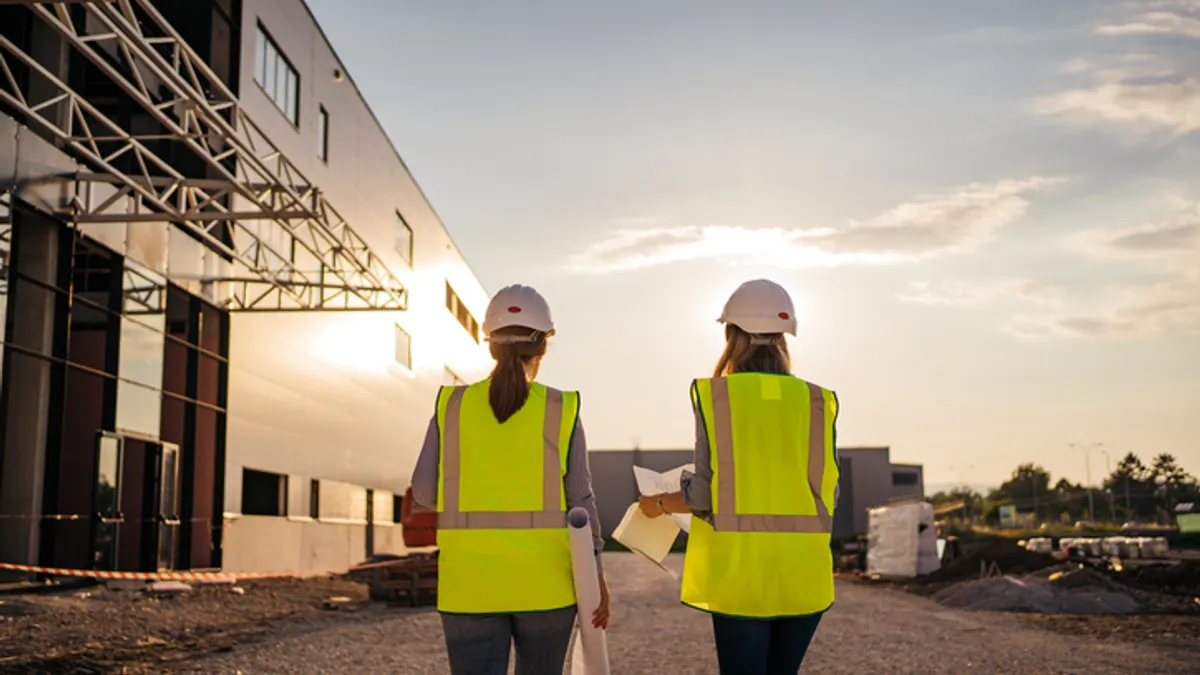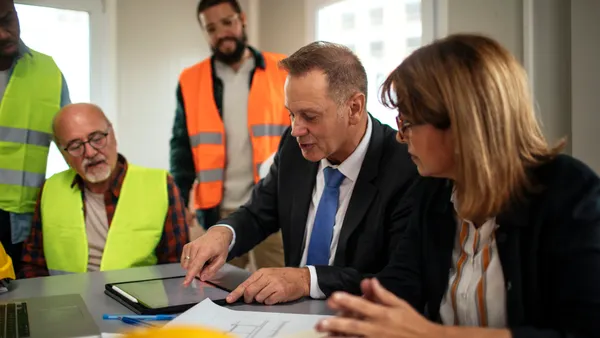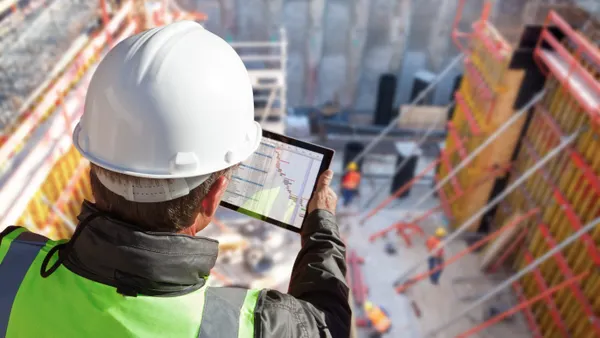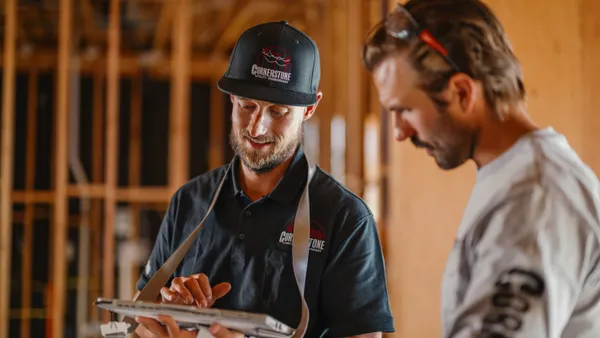Artificial intelligence (AI) is rapidly transforming construction operations and safety, both on jobsites and on the road between projects. For firms under pressure to meet project deadlines and keep crews safe, AI is designed to reduce risk, cut costs, and improve project efficiency. However, even with rapid AI advancements, safety gains in construction haven’t materialized as quickly.
Fatal injuries in construction remain alarmingly high. In 2023, the U.S. construction industry recorded 1,075 work-related deaths—more than any other industry. Falls, slips, and trips accounted for the largest number of deaths, at 421 (39.2%). Transportation incidents followed, accounting for 240 more (22.3%).
With threats on U.S. job sites ever-present, AI-based cameras have become a critical construction safety tool. AI dash cams and 360° cameras help crews to navigate high-risk environments with fewer blind spots and better visibility.
AI has the potential to improve jobsite safety, but only if it’s accurate. To truly protect workers, construction operations need AI that detects unsafe behavior in real time, alerting operators to impending danger before injuries occur.
Leading construction firms such as Ernst Concrete and Phoenix Global have shown that high-quality AI and real-time risk detection can help prevent injuries, reduce accidents, and move the industry closer to achieving Zero Harm.
Despite this potential, the rapid innovation and deployment of cutting-edge AI have outpaced the establishment of reliable benchmarks for the technology, leaving construction firms uncertain about the safety and efficacy of AI-dependent products.
By comparison, vendors in consumer products and medical diagnostics are required to substantiate their claims. In the autonomous vehicle sector, companies utilize platforms like Foretellix to simulate millions of driving scenarios and validate system performance before deployment.
A Growing Concern: Opaque Performance and Anti-Benchmarking Clauses
AI-powered safety technology is equally critical, yet its performance metrics are seldom disclosed or verified. Alarmingly, some vendors actively prevent scrutiny of their products’ performance and accuracy.
For instance, Samsara's Terms of Service include clauses that prohibit customers or researchers from benchmarking without written permission. These "anti-benchmarking clauses" obscure performance gaps and suppress data that could be vital for the safety of workers.
Such practices aren’t just anti-competitive—they can jeopardize safety. When performance data is hidden, signs of worker distraction may go unnoticed, fatigue can be misinterpreted, critical jobsite risks might be flagged too late—or not at all—and incident responses could be delayed or inaccurate.
A Proven Alternative: Independent Validation and Open Testing
At Motive, we adopt a different approach—one rooted in transparency, rigor, and accountability. We have pursued independent testing of our products, including head-to-head evaluations conducted by the Virginia Tech Transportation Institute (VTTI), a leader in transportation safety research, in a report that we commissioned.
In these tests, the Motive AI Dashcam successfully alerted operators to unsafe behavior 86% of the time, outperforming leading competitors Samsara and Lytx, which had significantly lower detection rates. The results are published and publicly available, and the methodology is transparent. We encourage customers to conduct their own side-by-side trials to validate these findings.
At Motive, we welcome comparisons because that's how trust is built, continuous improvement is achieved, and safety is enhanced.
A Call to Action: Industry-Wide Standards for AI-Powered Safety Tools
In many industries where AI is utilized, rigorous benchmarking is standard practice, driving innovation, accountability, and progress.
Construction should be no exception.
Firms managing construction crews, jobsites, vehicles, and heavy equipment need access to clear standards for AI-powered safety systems. To achieve this, vendors must lead by example, not hide. This entails removing anti-benchmarking language from contracts, allowing independent third-party testing, and publishing performance results and methodologies.
At Motive, we've already implemented these measures because transparency isn't just ethical—it's the responsible way to develop and deploy AI tools designed to prevent accidents and protect lives.
Accountability Is Non-Negotiable
For AI-powered worker safety to fulfill its promise—saving lives, preventing incidents, and building safer roads and jobsites—transparency must be guaranteed. Vendors must demonstrate their capabilities, not just claim them. Independent benchmarking isn't a burden. It's a business imperative.
In construction, safety without proof isn’t safety—it’s risk in disguise.
And every day without validation is another day construction teams are left vulnerable.

